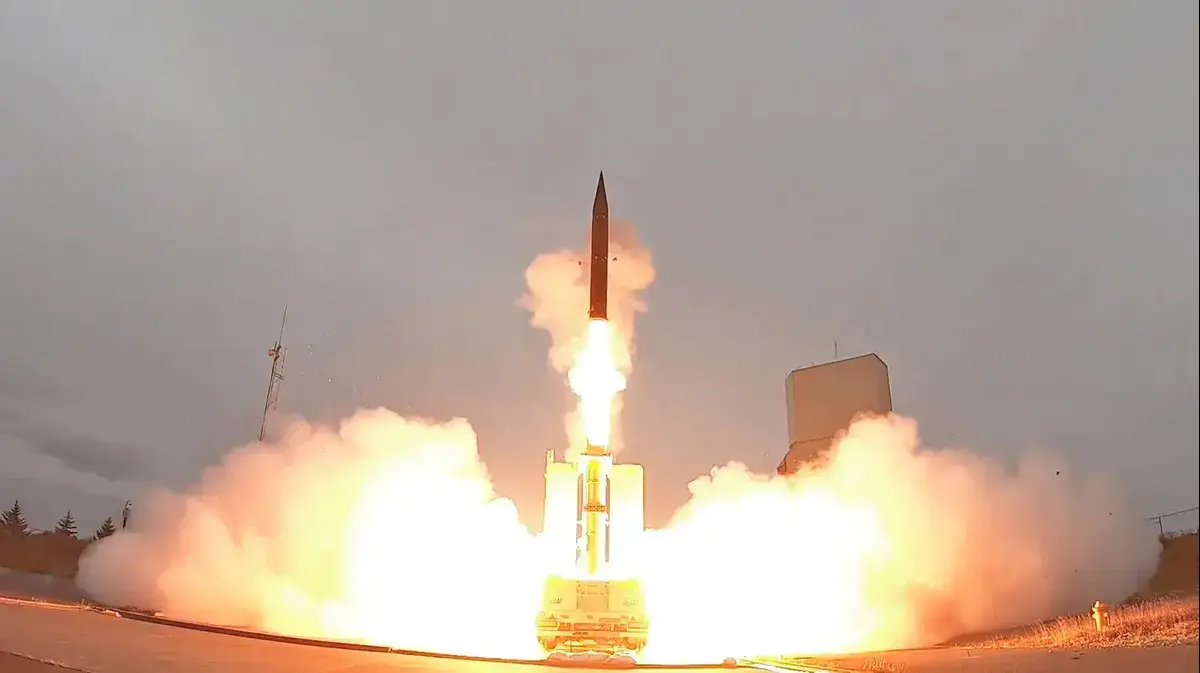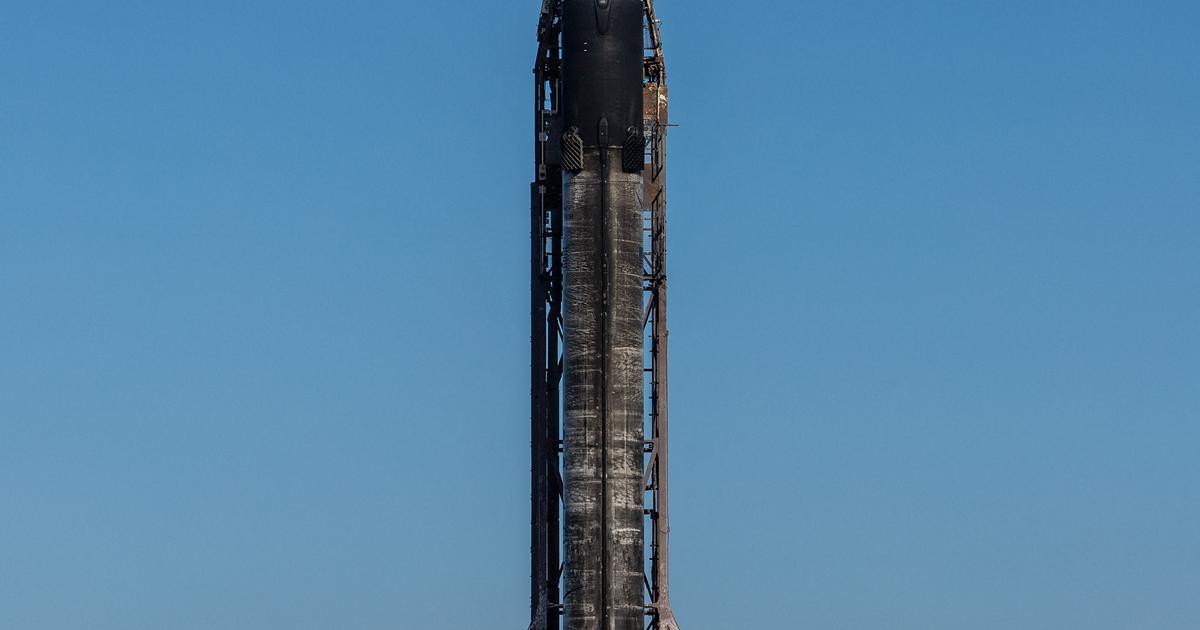The Bundeswehr wants to buy new spy satellites for more than 800 million euros. The budget committee of the Bundestag should approve the money for it still on Wednesday. As of 2019, three new Sky Scouts are to provide the Strategic Reconnaissance Command in Gelsdorf and the Federal Intelligence Service with highly accurate radar images from almost every point on the earth's surface.
The new satellite system is called SARah and consists of three spies. They will initially complement the five existing small satellites of the SAR-Lupe system and replace them later. Since the end of 2007, the SAR-Lupe scouts have been orbiting the earth at a height of 496 kilometers and are already delivering highly accurate radar images of targets on the earth's surface day and night, in all weathers and even through a closed cloud cover. From each target, several shots are taken from different angles, the images are sent to a ground station in the Rhenish Gelsdorf, the headquarters of the command Strategic Enlightenment, sent and processed. They are precise enough to detect objects that are only one-half to one-meter tall. Germany was one of the first countries besides the US and Russia to use such radar satellites for educational purposes. The technical life of satellites ends after ten years in the second half of this decade. Replacement should be created.
The three new satellites of the new system SARah are to be equipped with "extended capabilities, in particular with regard to improved resolution, image size and number", the Federal Government informed the members of the Budget Committee. Above all, it is therefore important to be able to provide more and even more accurate images with a flexibly usable system in the future.
Heavier and more expensive than its predecessors
This should allow two different satellite types. Two of the scouts will continue to rely on reflector technology, which has already been used at SAR-Lupe. They will orbit the earth at about 500 kilometers altitude. However, the third satellite will fly higher in the future, in about 750 kilometers, using a so-called phased array radar.
The new satellites will also be much heavier and more expensive than the old ones. While the five 720-kilogram SAR-Lupe scanners could still be procured for a total of around € 370 million, the three new SARah satellites weighing around 1,800 and 2,200 kilograms each cost more than twice as much. They should perform all tasks that were previously done by SAR-Lupe. The German Federal Armed Forces has the option of later obtaining two additional satellites and integrating them into the SARah system.
The computing and storage capacities on board the satellites and on the ground should also be significantly more efficient, so that more and more accurate images become available. Their transmission from the satellites to the ground station - which is often only time-delayed by a few hours when the satellite is close to the ground station - is to be accelerated and expanded by setting up another ground station in Kiruna, northern Sweden.
US company to bring the satellites into space
The main contractor for the new satellite system will again be the Bremen-based OHB, which has already built the SAR-Lupe system. The most important subcontractor is the EADS subsidiary Astrium, which is to provide, inter alia, the phased array radar and the ground station. For the transport of the satellites into space the private American company Space-X is provided, a newcomer among the space carriers. However, the Federal Armed Forces certainly does not seem to be in a position to handle the order reliably in five years' time. She reserves the right to make another provider change.
In 2002 Germany responded by procuring national reconnaissance satellites to the "rage in the gut" felt by former Defense Minister Rudolf Scharping during the 1999 Kosovo war. At that time, the US provided Germany with few and more filtered intelligence on the situation in the Balkans. Since then, the federal government considers "independent" education to be indispensable.
In addition, the Bundeswehr wants to invest in the Enlightenment with optical cameras. 170 million euros have already been budgeted for such a satellite. The background is that Germany draws photos from the optical sector of France. But since Paris can now also rely on the radar images of Italian satellites and in return must satisfy Rome's educational needs, sees the Federal Government the danger that their need for optical education could not be fully met.















